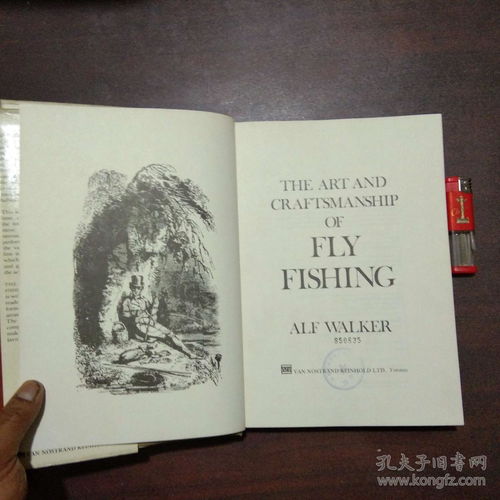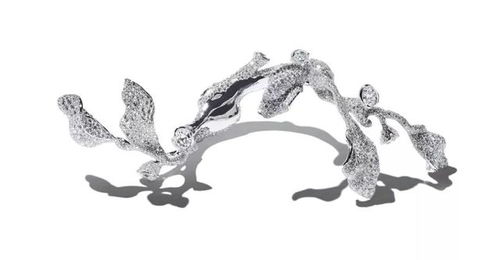Content:
Fishing is an ancient pastime that has been cherished by millions around the world. Whether you're a seasoned angler or a beginner looking to get started, mastering the art of hooking a fish correctly is essential to improve your angling skills. In this article, we will delve into the details of how to properly hook a fish, along with some valuable fishing techniques to enhance your fishing experience.
Understanding the Basics of Hooking a Fish
Before we dive into the specifics, it's important to understand the basics of hooking a fish. The primary goal is to attach the bait or lure to the hook in such a way that it is appealing to the fish and ensures a secure catch. Here are some fundamental steps to follow:
Choose the Right Hook: The type of hook you use depends on the species of fish you're targeting and the type of bait you're using. For example, a treble hook is great for live bait, while a single hook is often preferred for artificial lures.
Select the Appropriate Bait: Your bait should match the natural food source of the fish you're trying to catch. This will make the fish more likely to bite.
Properly Attaching the Bait: Whether you're using live bait or artificial lures, the way you attach the bait to the hook is crucial. Here's how to do it:
Live Bait: Thread the hook through the bait's mouth, gills, or eyes, depending on the species. Ensure the hook is set deep enough to prevent the bait from falling off but not so deep that it causes unnecessary pain to the fish.
Artificial Lures: Attach the lure to the hook by sliding it onto the shank of the hook or threading it through the appropriate eye or loop. Make sure the lure is securely fastened and ready to swim naturally in the water.
Techniques for Proper Hooking

Now that you understand the basics, let's explore some specific techniques for hooking a fish:
The Palomar Knot: This is a versatile and strong knot that is ideal for attaching hooks to fishing lines. To tie a Palomar knot, follow these steps:
- Make a loop in the end of your fishing line.
- Pass the end of the line through the loop.
- Make another loop in the end of the line and pass it through the first loop.
- Pull both loops tight and then moisten the knot to secure it.
The Improved Clinch Knot: This knot is great for attaching artificial lures and is known for its simplicity and strength. Here's how to tie it:
- Make a loop in the end of your fishing line.
- Pass the end of the line through the loop.
- Make a second loop in the end of the line and pass it through the first loop.
- Moisten the knot and pull both loops tight.
The Wire Leader Technique: For fishing in areas with heavy cover or for species that are known to be line-shy, using a wire leader can be beneficial. This technique involves attaching a length of wire to your main line, which can withstand the abrasion of rocks and other obstacles.
Advanced Fishing Techniques
Once you've mastered the basics of hooking a fish, you can explore more advanced techniques to improve your angling skills:
Reading the Water: Understanding the flow of the water and the behavior of fish can greatly enhance your chances of catching more fish. Observe the water's surface for signs of fish activity, such as ripples or bubbles.
Timing Your Bites: Fish often bite at specific times of the day, such as during dawn or dusk. Pay attention to these times and adjust your fishing routine accordingly.
Using the Right Equipment: Investing in quality fishing gear can make a significant difference in your success. A good rod, reel, and line are essential for handling different types of fish and fishing conditions.
Learning from Others: Observing and learning from experienced anglers can provide valuable insights into the art of fishing. Don't hesitate to ask for advice or join a local fishing club.
In conclusion, hooking a fish correctly is a fundamental skill that every angler should master. By understanding the basics, utilizing proper techniques, and continuously honing your skills, you'll be well on your way to becoming a proficient angler. Remember, fishing is not just about catching fish; it's about enjoying the experience and the beauty of nature. Happy fishing!












